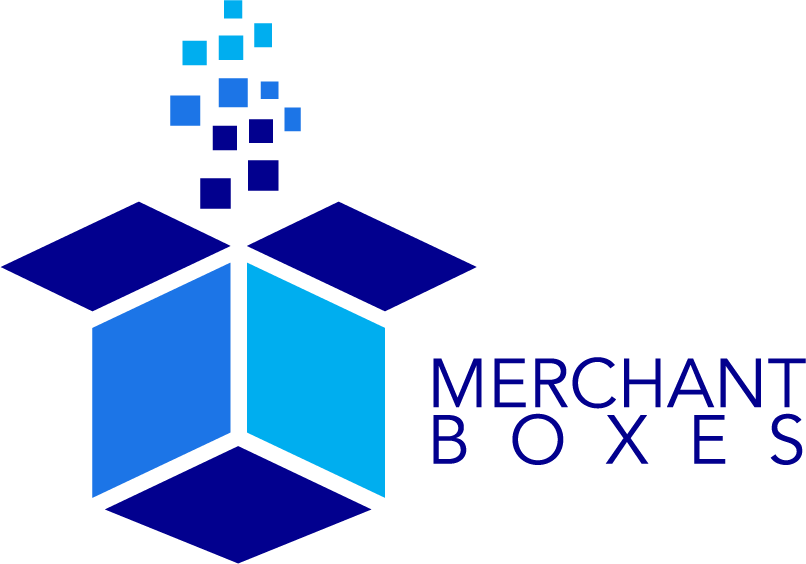How to Choose the Perfect Custom Packaging
Custom packaging is an amazing tool that businesses can take advantage of, but where do you start? With the wide variety of options available to create your perfect packaging, it can be overwhelming to get started. However, you should not let that deter you from taking advantage of such a great marketing tool. By using custom packaging allows businesses can communicate who a brand is to customers before they even experience the product. Custom packaging also offers businesses the opportunity to stand out and create memorable experiences for their customers in a highly competitive retail market. In this guide, we'll walk you through the steps to choose the perfect custom packaging solution for your product.
1. Define Your Brand Identity:
Start by understanding your brand identity, values, and target audience. Your packaging should reflect your brand's personality and resonate with your customers' preferences. Consider factors such as brand colors, typography, and messaging that align with your brand's image.
2. Understand Your Product Requirements:
Analyze the characteristics of your product, including size, shape, fragility, and special handling requirements. Then, determine the level of protection needed during shipping and storage to ensure your product arrives intact and in the intended condition.
3. Choose the Right Packaging Materials:
Look at different packaging materials based on their durability, sustainability, and suitability for your product. Common materials include cardboard, corrugated cardboard, paperboard, plastic, and biodegradable options. You should also consider the environmental impact of your packaging materials and choose sustainable options whenever possible.
4. Select Customization Options:
There are many customization options to enhance the visual appeal and functionality of your packaging like customizing the size, shape, and design elements to fit your product perfectly while also incorporating branding elements such as logos, graphics, and taglines to reinforce brand recognition.
5. Balance Aesthetics with Functionality:
There needs to be a balance between aesthetics and functionality in your packaging design. Your packaging should not only looks appealing but also serve its practical purpose of protecting and showcasing your product. You might have to test different design prototypes to find the optimal balance between form and function but it will be worth it in the end.
6. Consider User Experience:
Think about the entire customer journey, from the moment they encounter your product to the unboxing experience. Design packaging that creates a memorable and enjoyable experience for your customers, leaving a lasting impression of your brand. You can incorporate interactive elements, personalization options, or thoughtful touches to delight your customers.
7. Test and Edit:
Before finalizing your custom packaging design, conduct thorough testing to ensure its effectiveness and durability. Gather feedback from stakeholders, including customers, employees, and industry experts, to identify areas for improvement. Edit your design based on feedback and testing results until you achieve the desired outcome.
Conclusion
Choosing the perfect custom packaging for your product requires careful consideration of your brand identity, product requirements, materials, customization options, aesthetics, functionality, and user experience. By following the steps outlined in this guide and paying attention to detail, you can create custom packaging that not only protects your product but also enhances your brand image and creates experiences for your customers.




